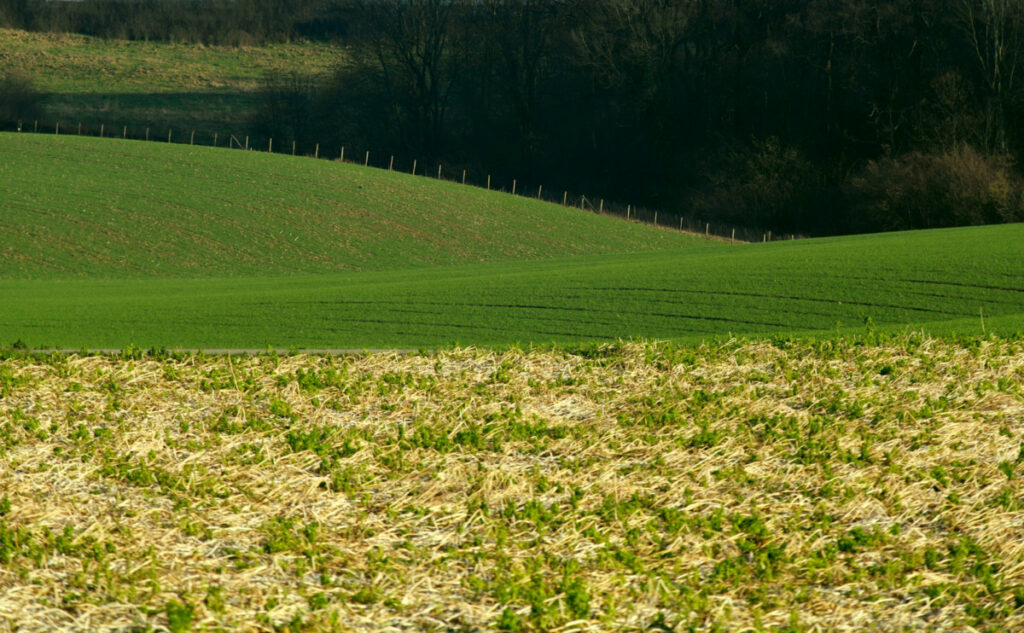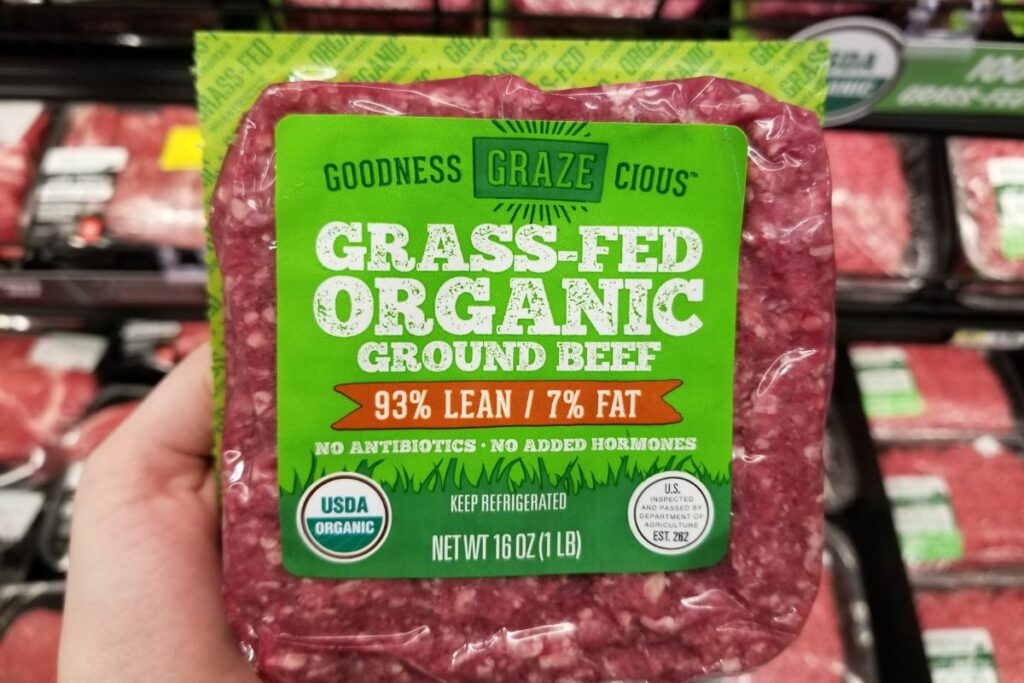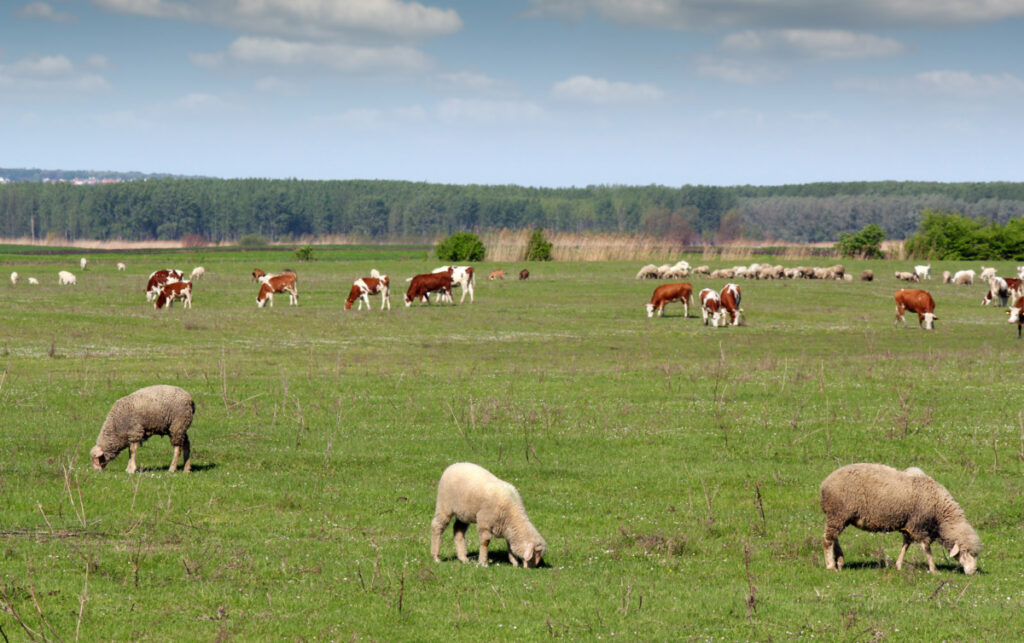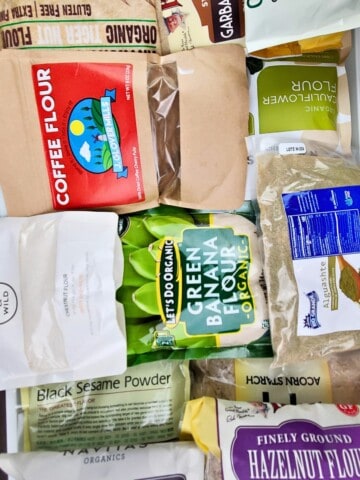Regular readers know how passionate I am about healthy and sustainable food choices, a lifestyle which often gets me curious about how marketing convinces people to eat (or not eat) certain foods. Recently this sent me down the rabbithole exploring the difference between pasture-raised and grass-fed products.
While these terms are often used interchangeably, they actually refer to different aspects of animal farming. Pasture-raised animals are raised outdoors on a diverse diet of grasses, herbs, and other plants, while grass-fed animals are fed a diet consisting solely of grass and forage.
The reseach leads me to believe that pasture-raised meats, eggs, and dairy are generally healthier for you and better for the environment, though both are better picks then conventionally-farmed products.
In this article I dive deeper into the differences between pasture-raised and grass-fed animal products, and explore the benefits and drawbacks of each. Below we cover the nutritional profiles of each type of product, as well as the environmental & ethical considerations that come into play when choosing between them.

Jump to:
🤔 What Does Pasture-Raised Mean?
When you see the term "pasture-raised" on a label, it means that the animals were allowed to roam freely outdoors on a pasture and graze on grass and other plants. This is in contrast to animals that are raised in confined spaces and fed a diet of grains and other processed foods.
Pasture-raised animals are considered to be healthier and live more humanele than their confined counterparts. When animals are allowed to move around freely and eat a natural diet, they tend to be leaner and have a more anti-inflammatory balance of nutrients in their meat, milk, and eggs.
These methods are not only beneficial for the animals but also for the environment. By allowing animals to graze on grass and other plants, farmers can reduce the need for synthetic fertilizers and other chemicals that can harm the soil and water.
Though, not all pasture-raised products are made equally, just like not all organic foods are made equalliy; it's important to remember this. Some farmers may use the term loosely, putting it on packaging even if their animals only spend a small amount of time outdoors.
To ensure that you're getting truly pasture-raised products, look for labels or companies that specify on their websites the amount of time the animals spend outside and the type of feed they receive.

🌿 What Does Grass-Fed Mean?
The term "grass-fed" on a label implies that the animal's diet mainly consists of grass and forage, while conventionally raised animals are commonly fed grains and soybeans, which is cheaper, but tends to shift their nutritional profile towards causing inflammation.
Grass-fed animals are typically allowed to graze in pastures, which is why the term "pasture-raised" is sometimes used interchangeably with "grass-fed." However, it's important to note that not all grass-fed animals are raised exclusively on pasture.
Grass-fed animals are often considered to be healthier than conventionally raised animals, as their diet is more natural and contains fewer additives, and generally fewer antibiotics. Grass-fed beef, for example, is often leaner and contains more beneficial nutrients like broad-spectrum omega-3 fatty acids and more specifically conjugated linoleic acid (CLA).
It's worth noting that the term "grass-fed" is not regulated by the USDA, so it's important to look for additional labels like "certified organic" or "American Grassfed Association Certified" to ensure that the animal was raised in a truly grass-fed environment.

🌾 Grass-Fed vs. Pasture-Raised: Beef, Dairy, and Eggs
Beef, dairy, and eggs are often labeled as either pasture-raised or grass-fed, but these terms are not interchangeable. In reality, they refer to different methods of animal husbandry. Knowing the differences between these two practices is crucial to make informed decisions about the food you eat.
A note on beef: the reason beef is widely considered high histamine is because it's aged before reaching the general market, even the stuff in the frozen aisle. If you have a local butcher, you may be able to source unaged beef that's lower histamine and safe to freeze immadiately and eat throughout the year.
Nutritional Differences
Pasture-raised and grass-fed products are often touted for being more nutritious than their conventional counterparts. While there is some truth to this, the differences are not always significant.
For beef, pasture-raised and grass-fed cattle tend to have higher levels of omega-3 fatty acids and conjugated linoleic acid (CLA) than conventionally-raised cattle. However, the differences in vitamin and mineral content are generally negligible.
For dairy and eggs, the nutritional differences between pasture-raised and conventionally-raised products are more significant. Pasture-raised dairy and eggs tend to have markedly higher levels of omega-3 fatty acids, vitamin E, and beta-carotene than conventionally-raised products.

Environmental Impact
Both pasture-raised and grass-fed products have a lower environmental impact than conventionally-raised products. Pasture-raised animals are allowed to graze on open land, which reduces the need for feed production and its associated carbon emissions.
Grass-fed animals are typically raised on smaller farms, which reduces the need for transportation and other energy-intensive processes. Not to mention, grass-fed farms tend to use more sustainable farming practices, such as rotational grazing and cover cropping.
Taste and Texture
Many people prefer the taste and texture of pasture-raised and grass-fed products over conventionally-raised products. Pasture-raised beef is often described as having a more complex flavor profile, while grass-fed beef is leaner and has a firmer texture.
Pasture-raised dairy and eggs are known for their creamier and richer flavor compared to conventionally-raised products, while grass-fed dairy and eggs tend to have a more pronounced, clean taste.
🕵🏻♀️ Is One Better Than the Other?
Both pasture-raised and grass-fed products have unique benefits, making it difficult to determine which one is better. Pasture-raised animals are allowed to graze freely, leading to better overall health and well-being, while grass-fed animals have a diet that's high in beneficial nutrients.
Ultimately, it all comes down to personal preference. However, there are some things to consider when making your decision between the two.

Health Benefits
Pasture-raised and grass-fed products both offer health benefits over conventionally-raised products but differ in their nutrient profiles. Pasture-raised animals have a more diverse and nutrient-rich diet, while grass-fed animals tend to have higher levels of beneficial nutrients.
Both options are great choices for healthier and more sustainable meat and dairy products. However, it's important to note that the specific health benefits can vary based on the animal's diet, breed, and other factors.
While both options can offer more health benefits than traditionally-raised animals, it's difficult to say definitively which one is better overall.
Environmental Considerations
Both pasture-raised and grass-fed options can have environmental benefits over conventionally raised options. Pasture-raised animals can help improve soil health and reduce the need for synthetic fertilizers. For their part, grass-fed animals can help promote grassland ecosystems & reduce greenhouse gas emissions.
Although, it's worth noting that both options can have negative environmental impacts if not managed properly. For example, overgrazing can lead to soil erosion and degraded ecosystems, with low nutrient levels in the grasses being grazed on, reducing the overall benefits of grass-fed dairy and other products.

















Comments
No Comments